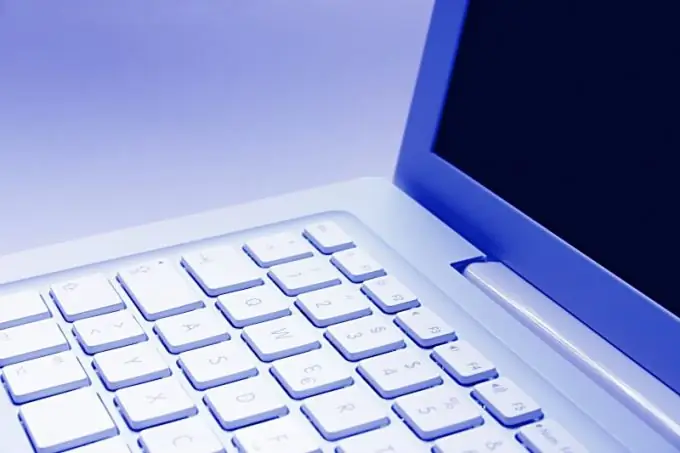All the space available for storing data on the devices used by the computer is presented to the user in specialized programs (file managers). In this case, the entire space is divided into several disks. This division can be either real (one disk corresponds to one device), or virtual (a disk of one device is divided into several conditional "volumes"). In this form, storage and various manipulations with files become more visual, and therefore speed up work, simplify learning and lead to fewer errors. An example is the operation of moving information from one disk to another using the Windows file manager.

Instructions
Step 1
Open two instances of Explorer if you need to move a sufficiently large number of files or folders, and they are located in different directories of the C drive. Then you will have to perform much less manipulations than when you repeatedly "run" through the directory tree from one drive to another for each new portion files. If the relocatable files are compactly located on the source disk, one file manager window will suffice. The easiest way to open an instance of File Explorer is by pressing the Win + E keyboard shortcut.
Step 2
In the left pane of the application window, click the C drive icon and select the files or folders that you want to move in the required directory. It is more convenient to select a group of objects located one after another when holding down the Shift key - in this case, it is enough to click with the mouse only the first and last elements of the sequence.
Step 3
Press Ctrl + X to cut all selected files and folders from the source disk. You can also use the copy operation (Ctrl + C combination) if the source and destination disks are located on different media (for example, on two hard drives or a hard disk and a flash drive, etc.).
Step 4
Switch to a window of another instance of Explorer if you are using two windows. You can do this by pressing the Tab key while holding down and holding down the Alt key - these buttons are very conveniently located under the thumb and forefinger of the left hand, so the combination is convenient to use to switch between windows of open programs.
Step 5
Click the E drive in the Explorer window. Navigate to the desired folder if files need to be moved other than the root directory. Press Ctrl + V to paste all the objects copied or cut from the C drive. Everything that you did before was just setting the parameters of the movement, and the procedure itself will begin after pressing the indicated keys. Explorer will display an information window on the screen, in which you will see the percentage of completion of the operation and the projected time until its completion. Depending on the amount of information being moved, the speed of the processor and the speed of data exchange with the source and destination devices, this procedure can take from a split second to several hours.






